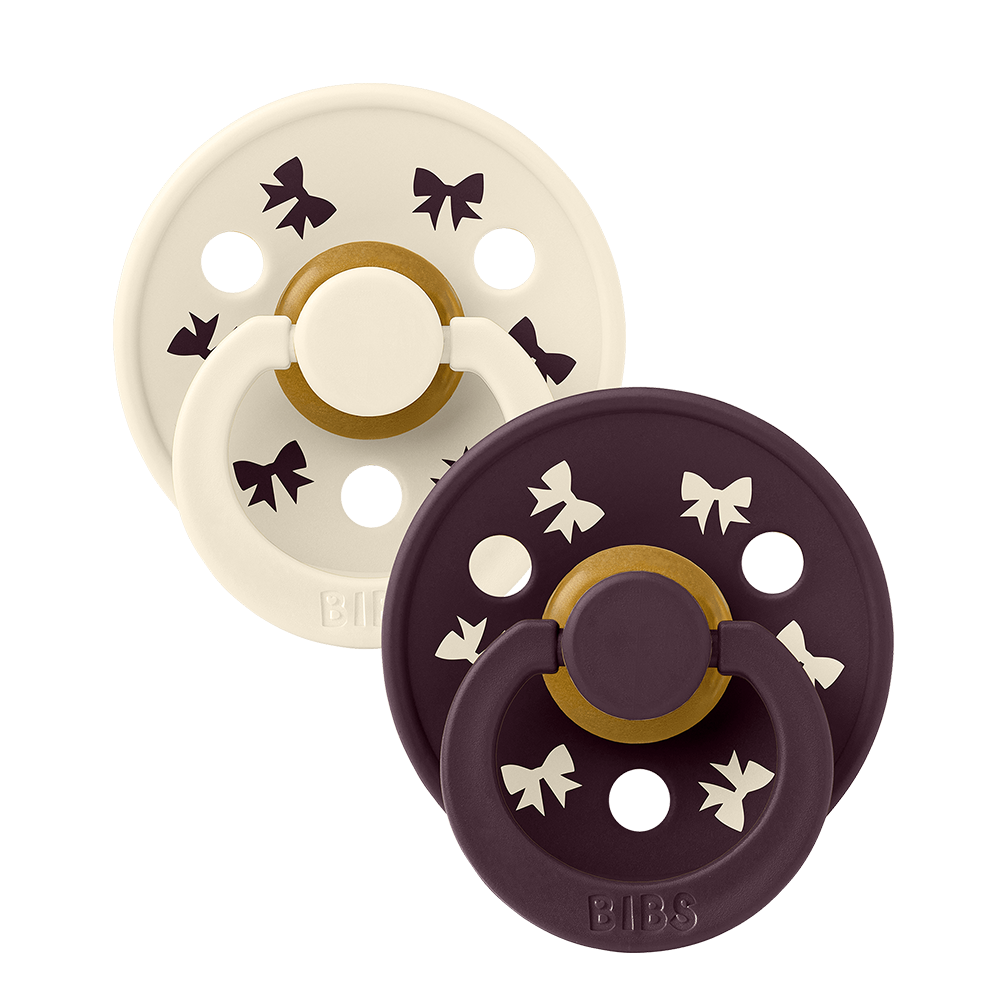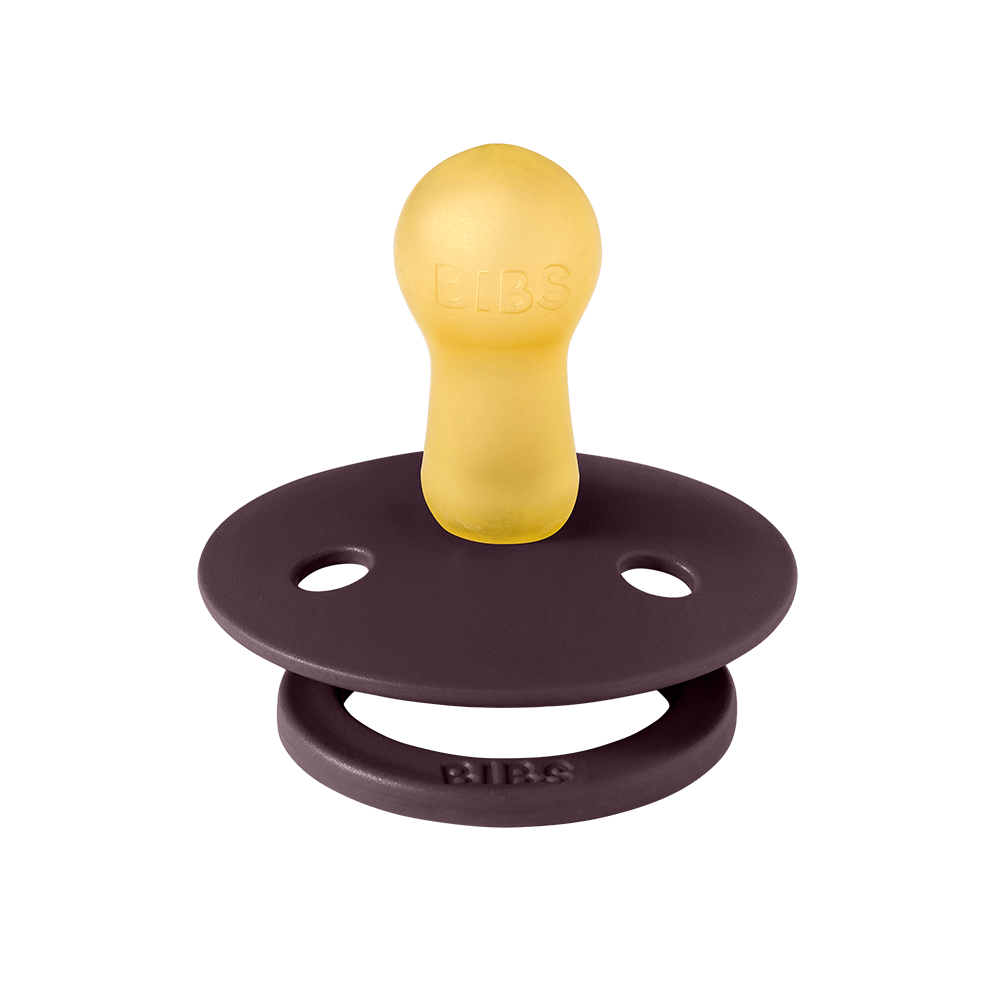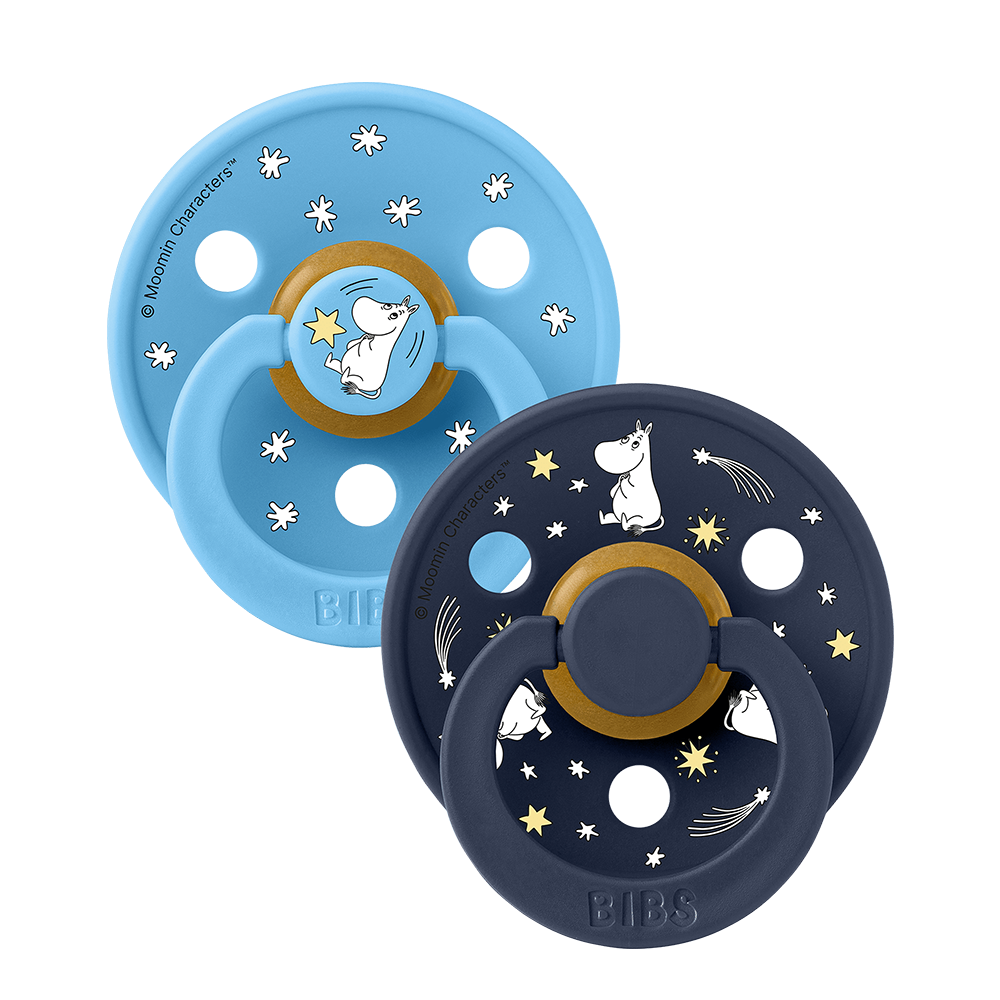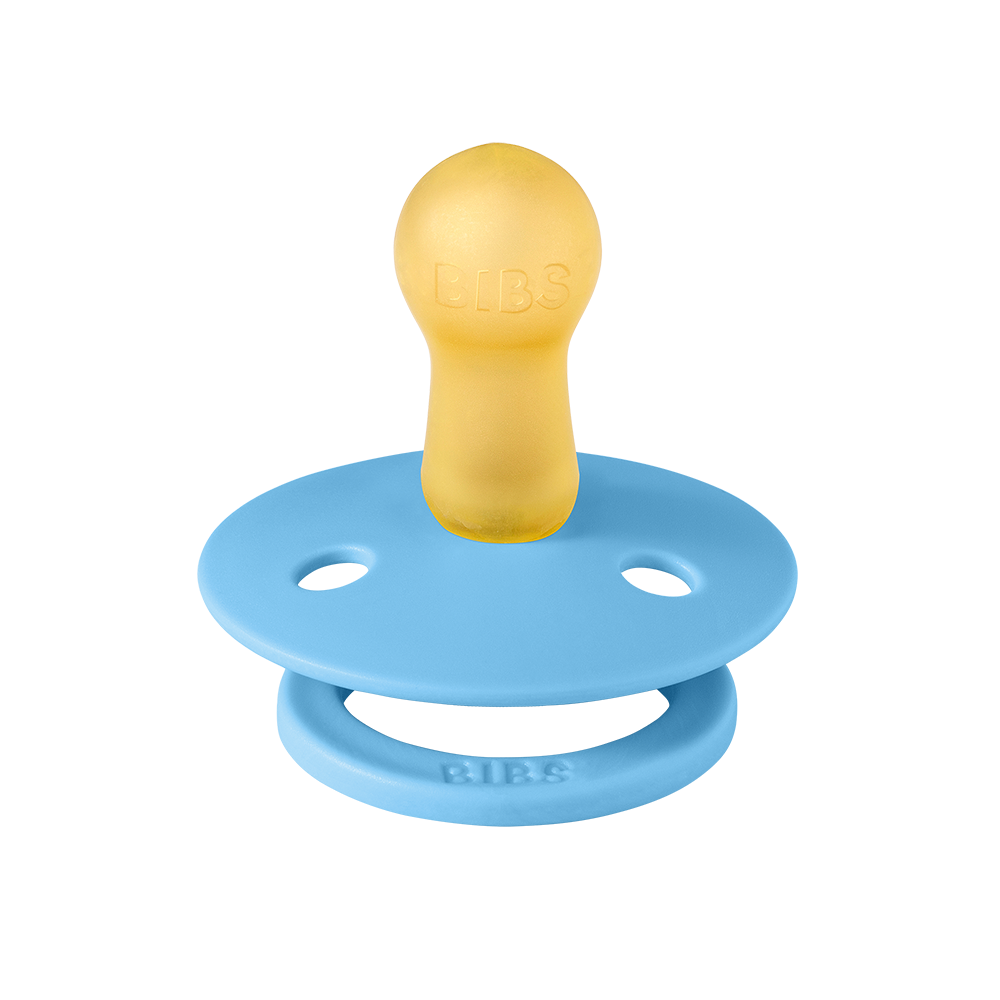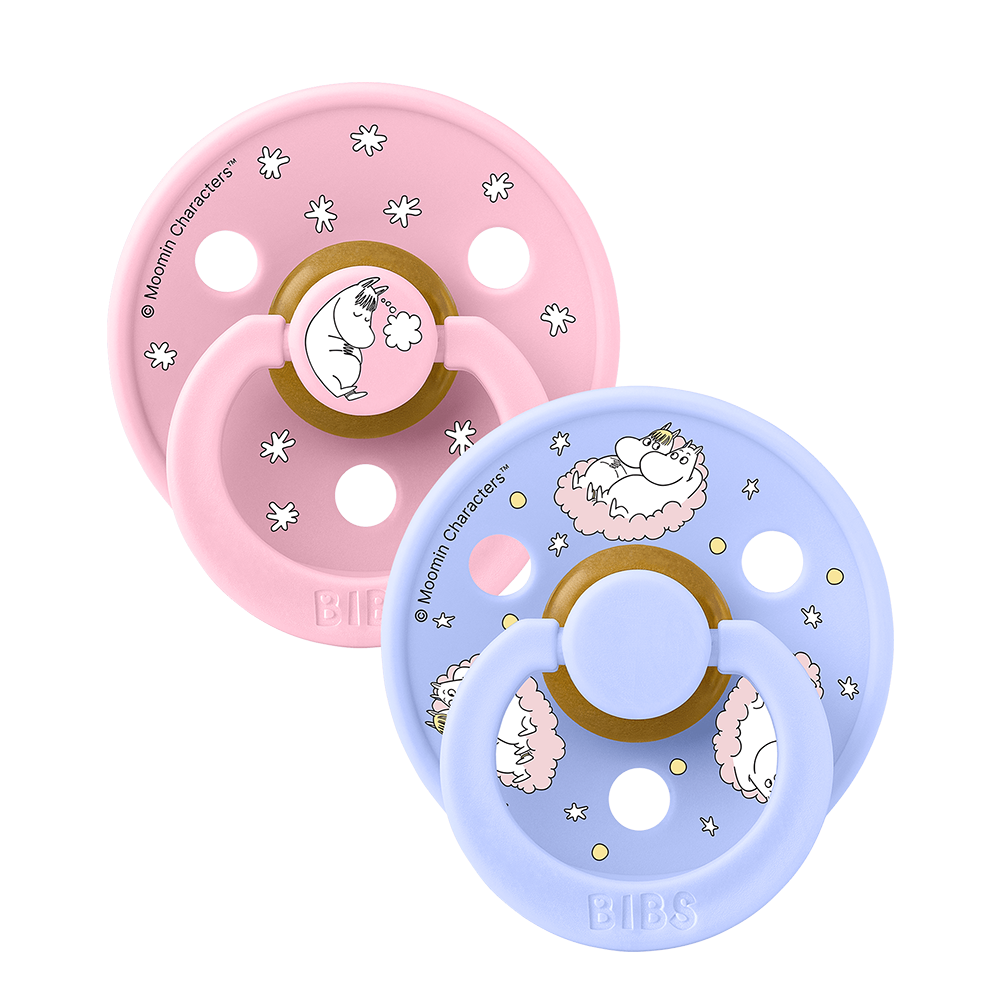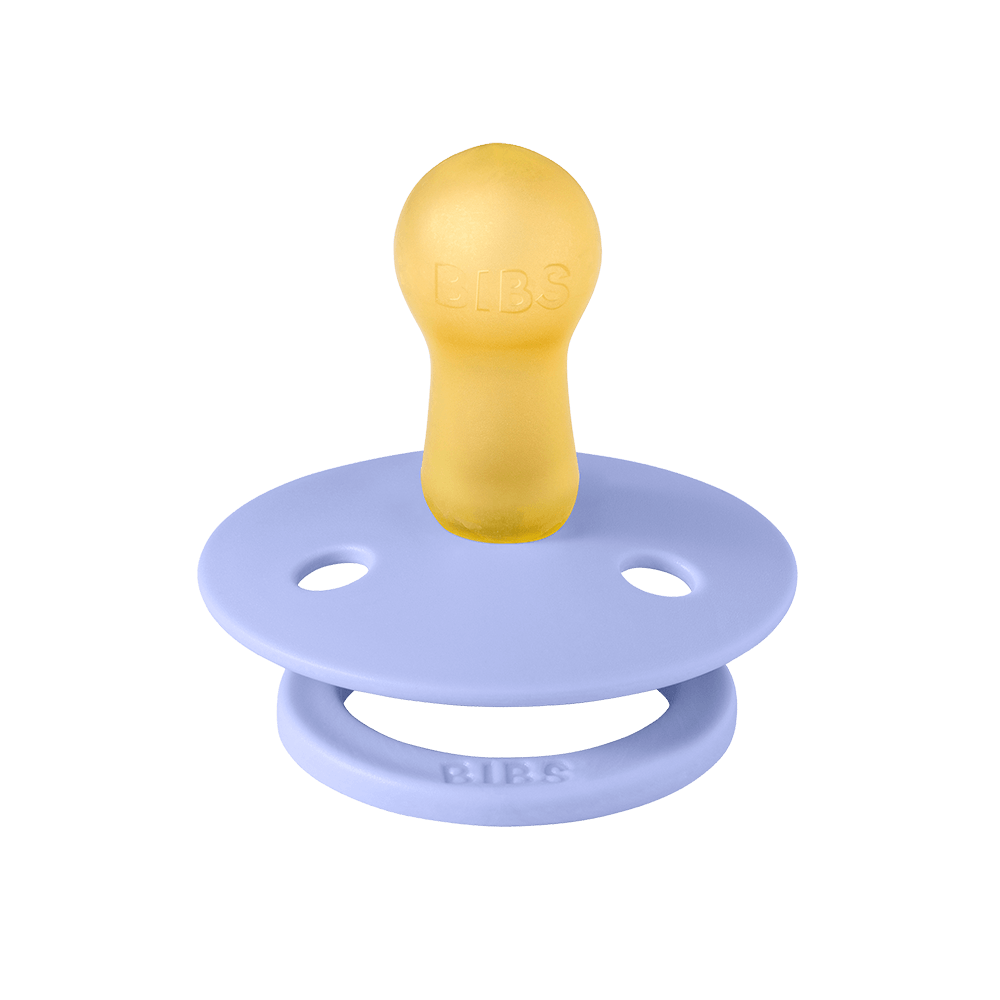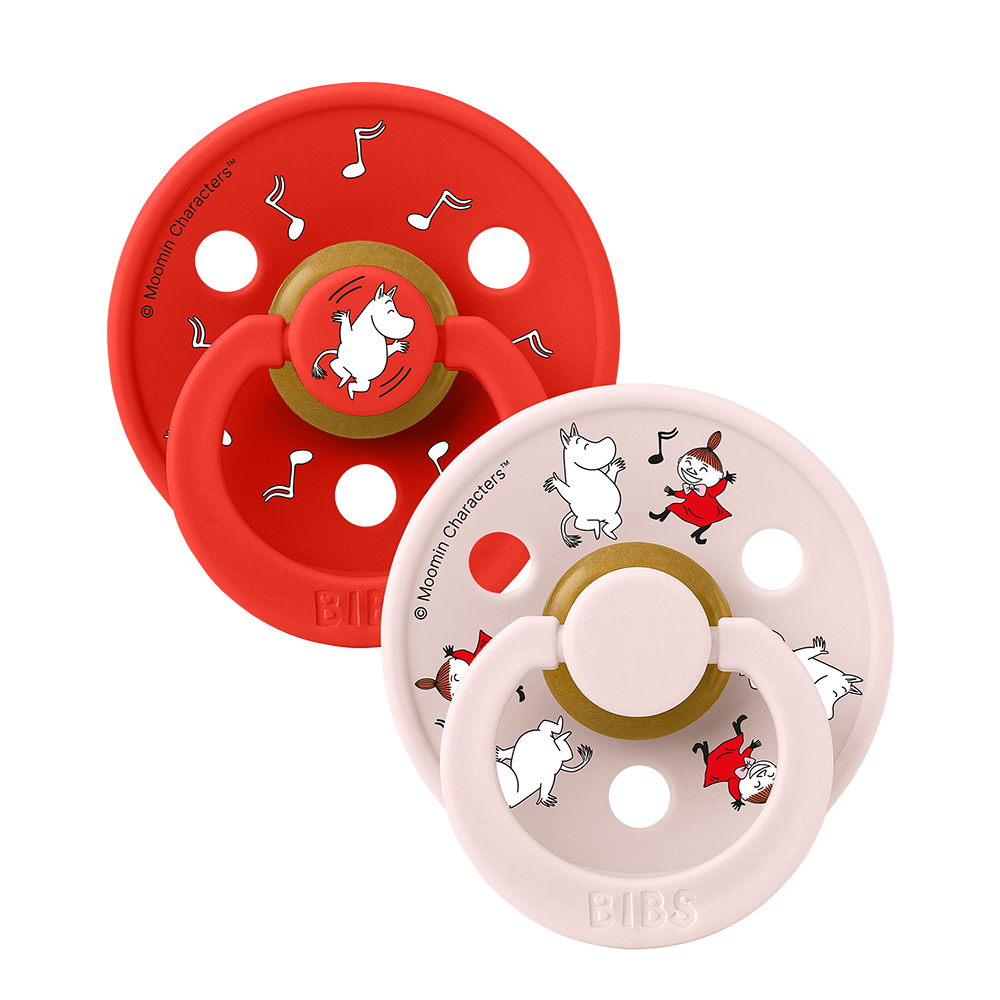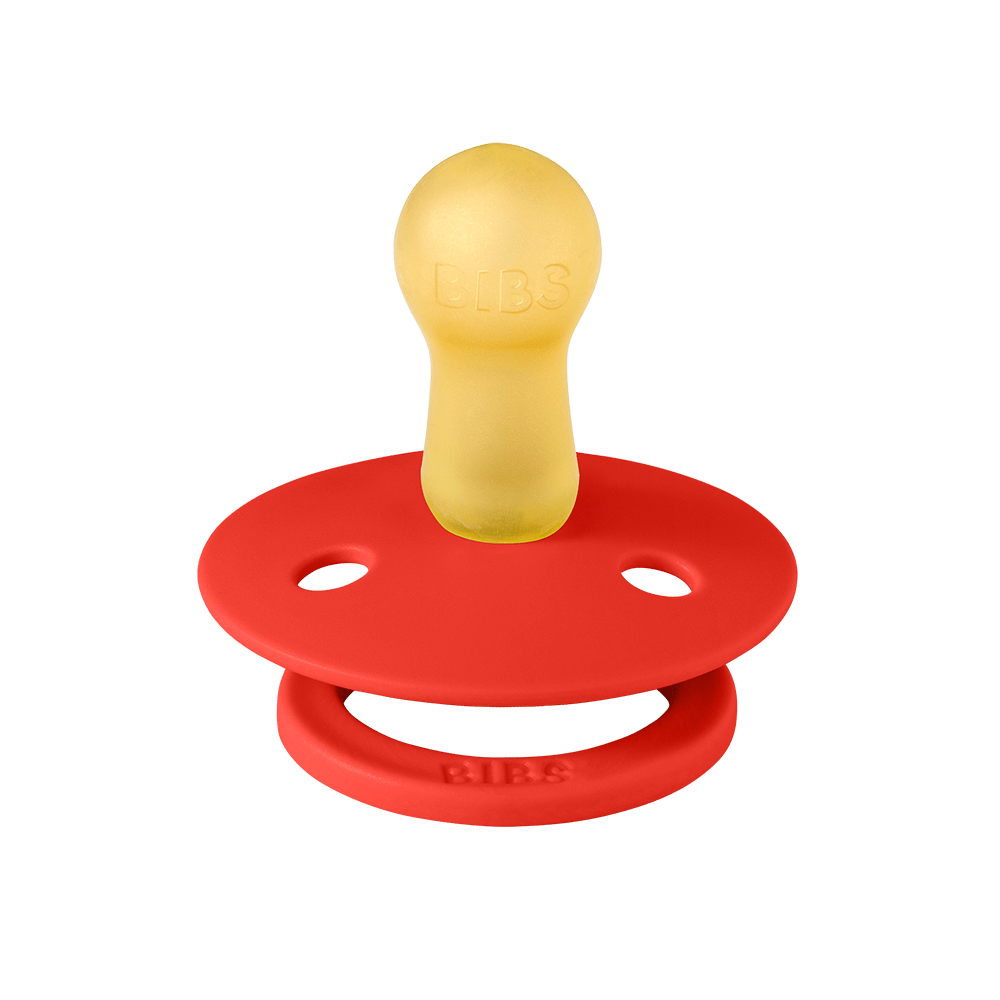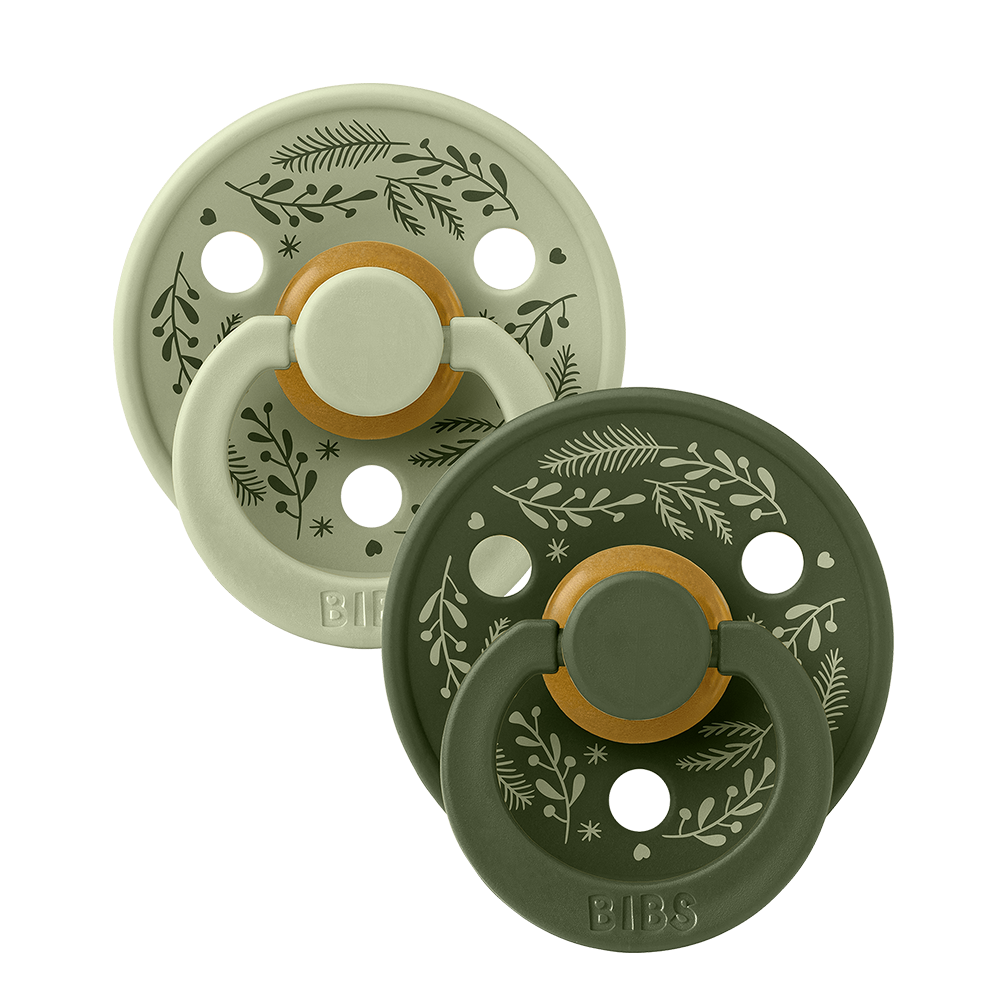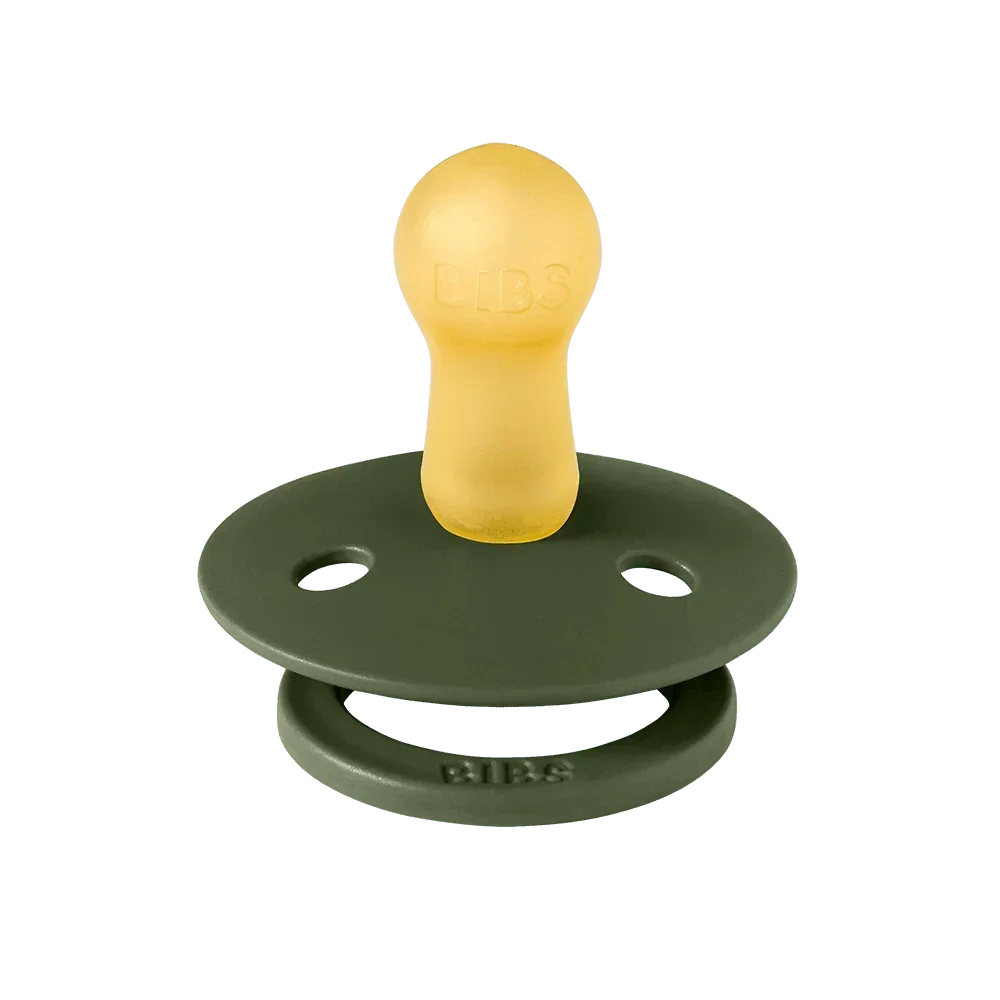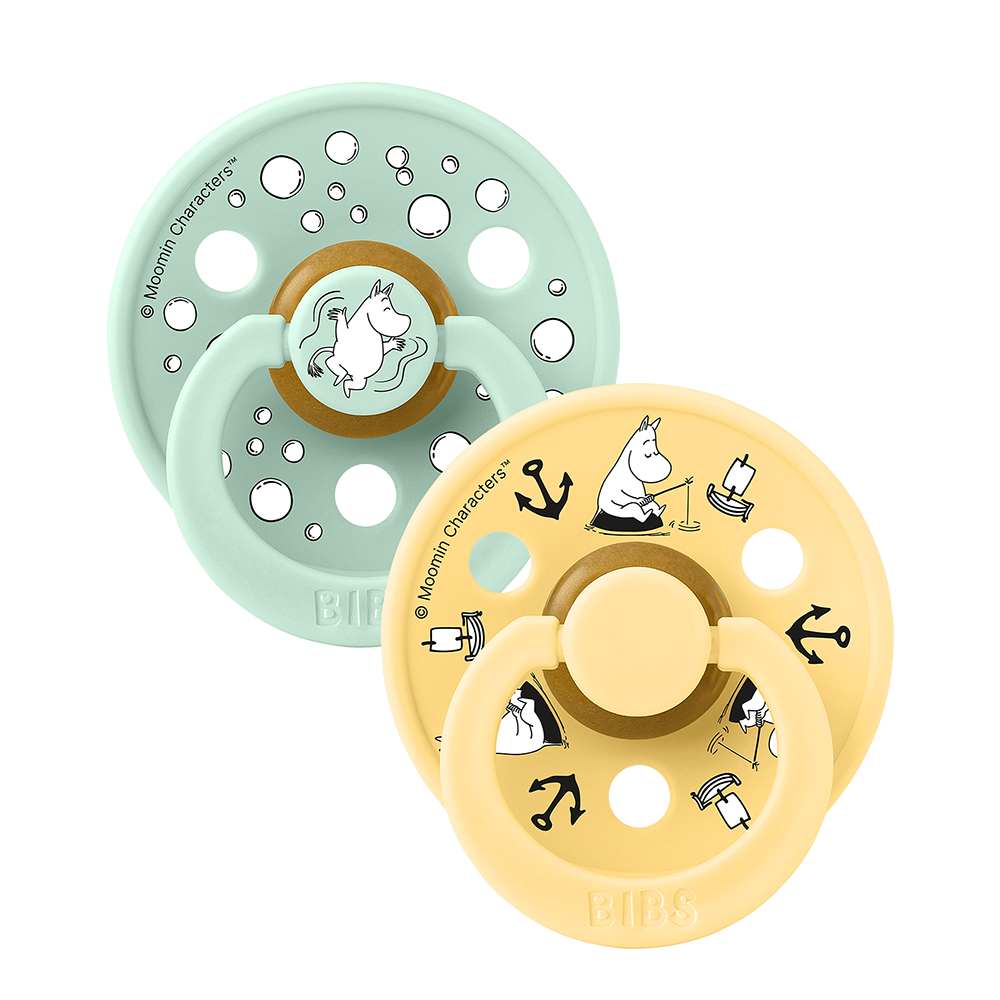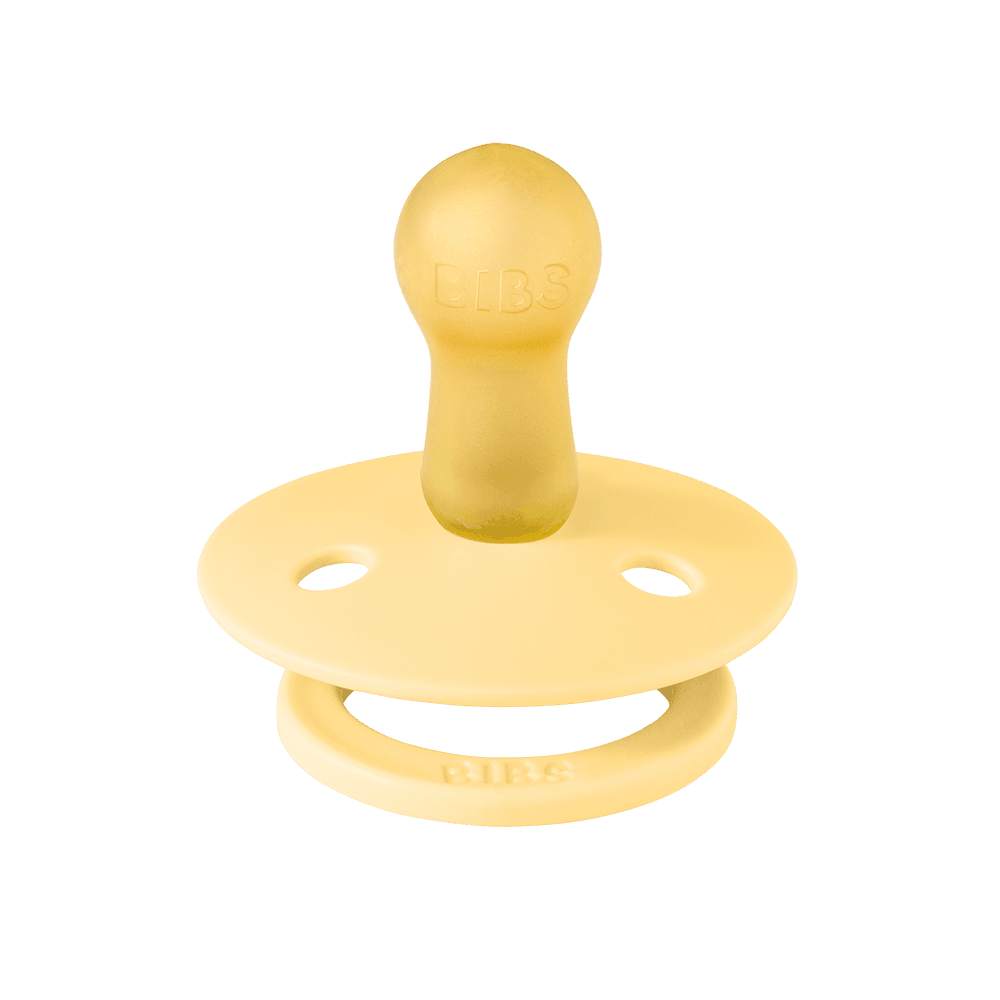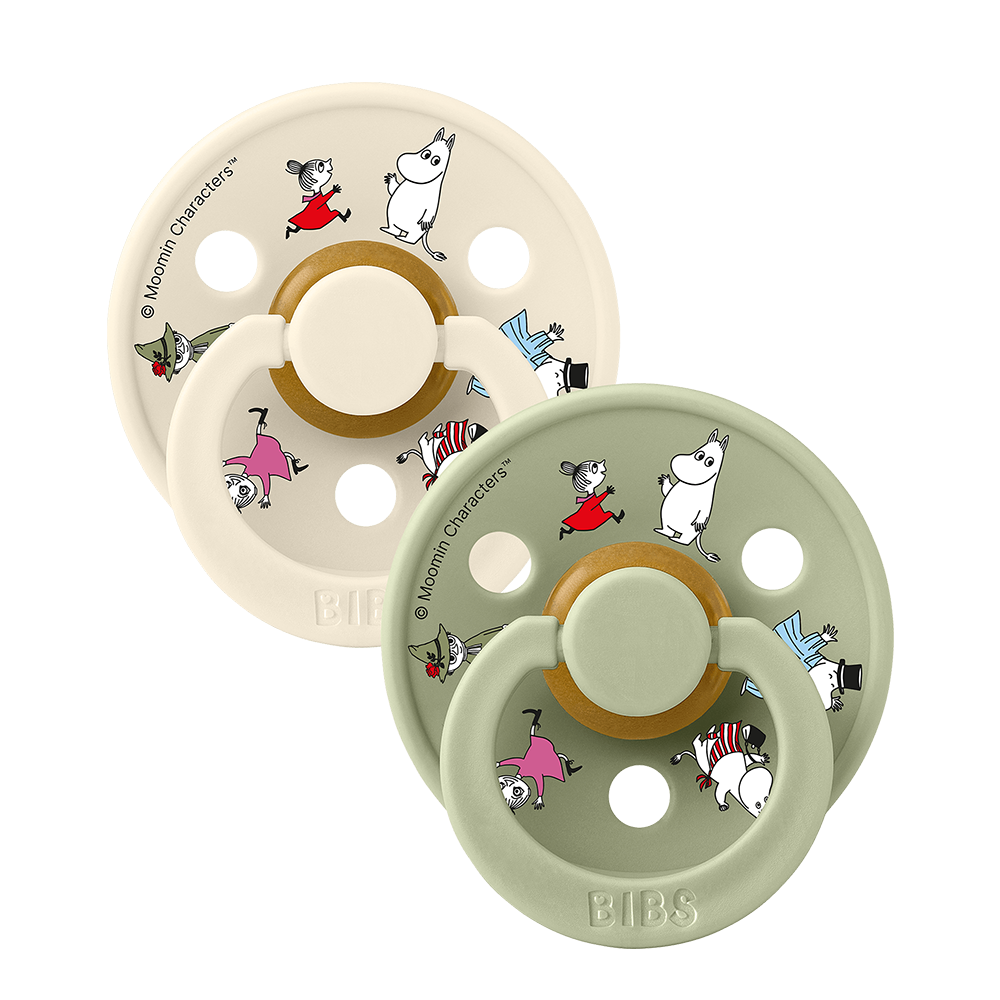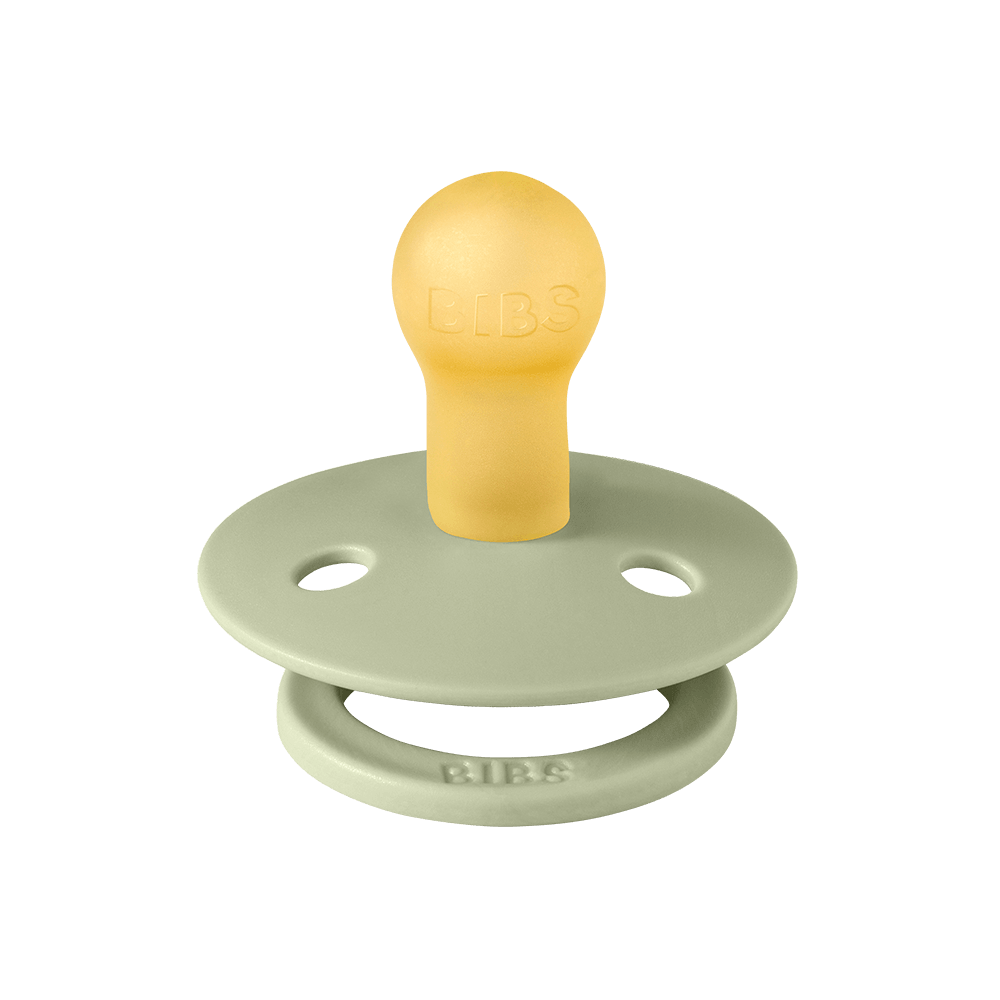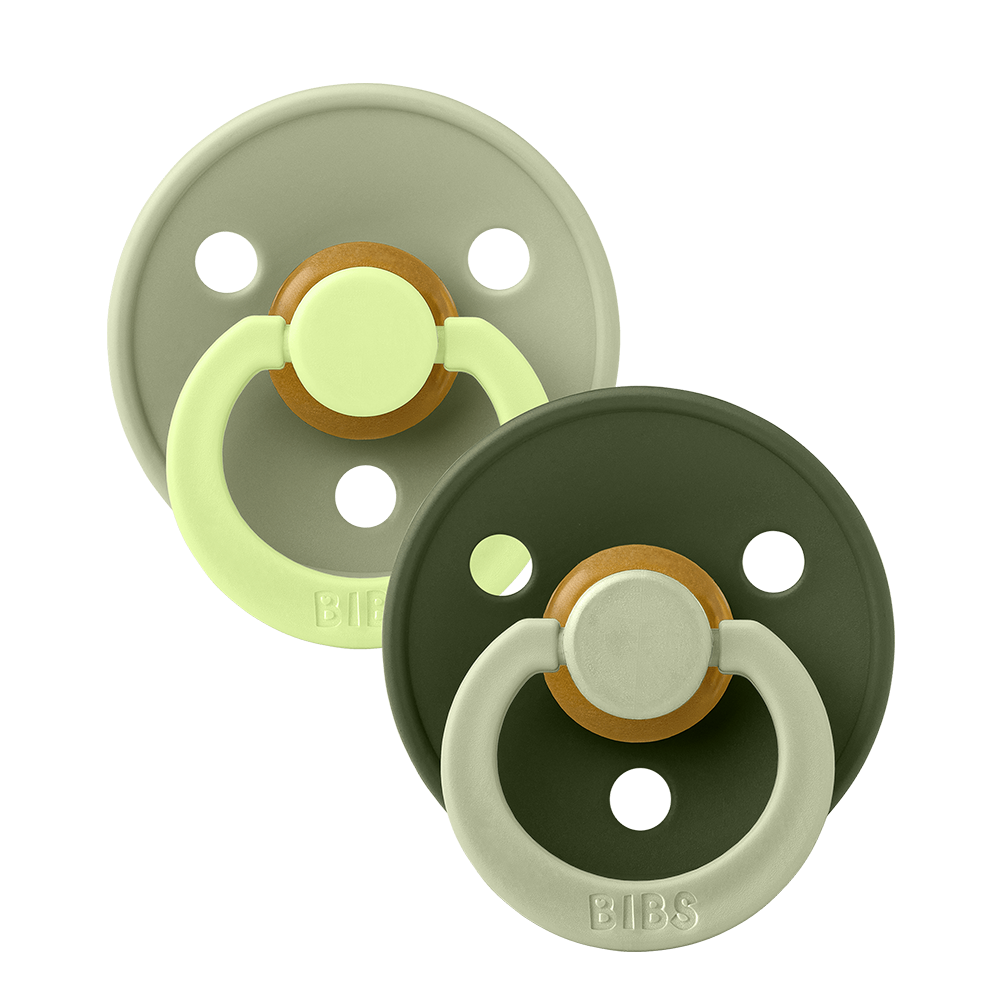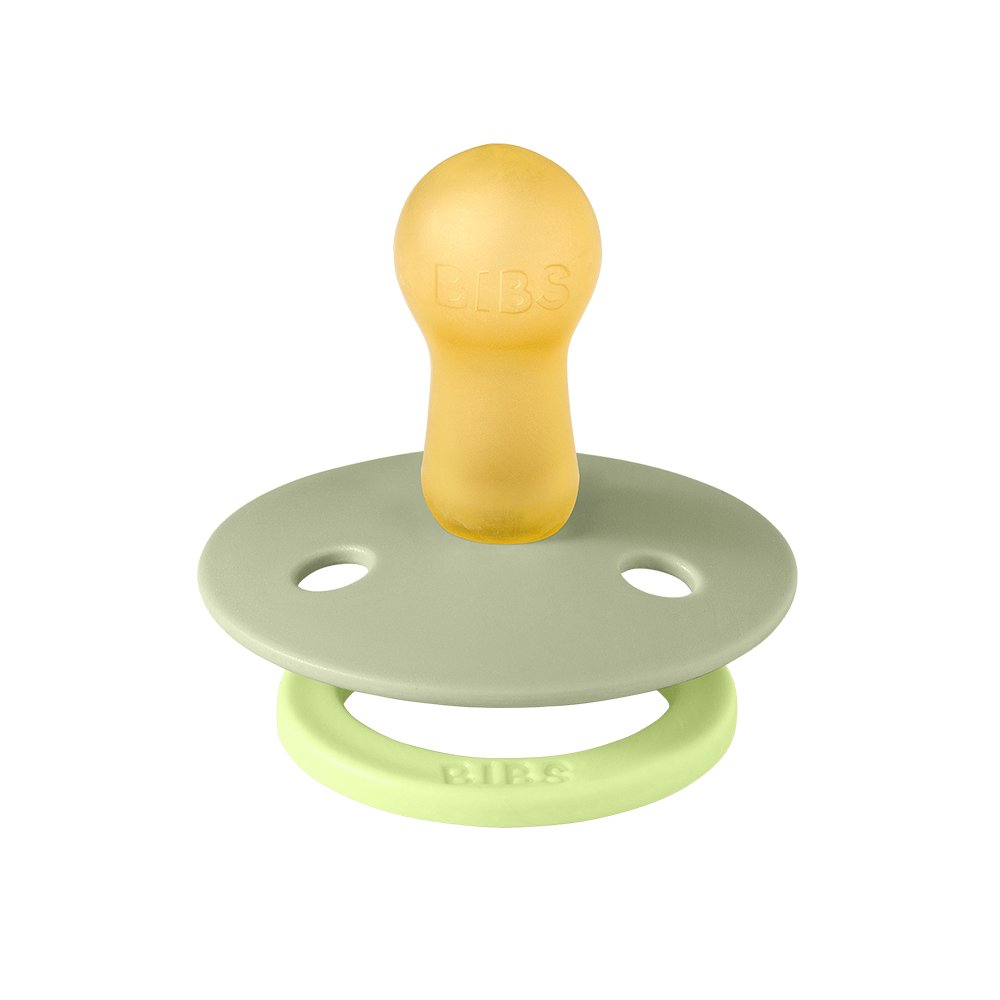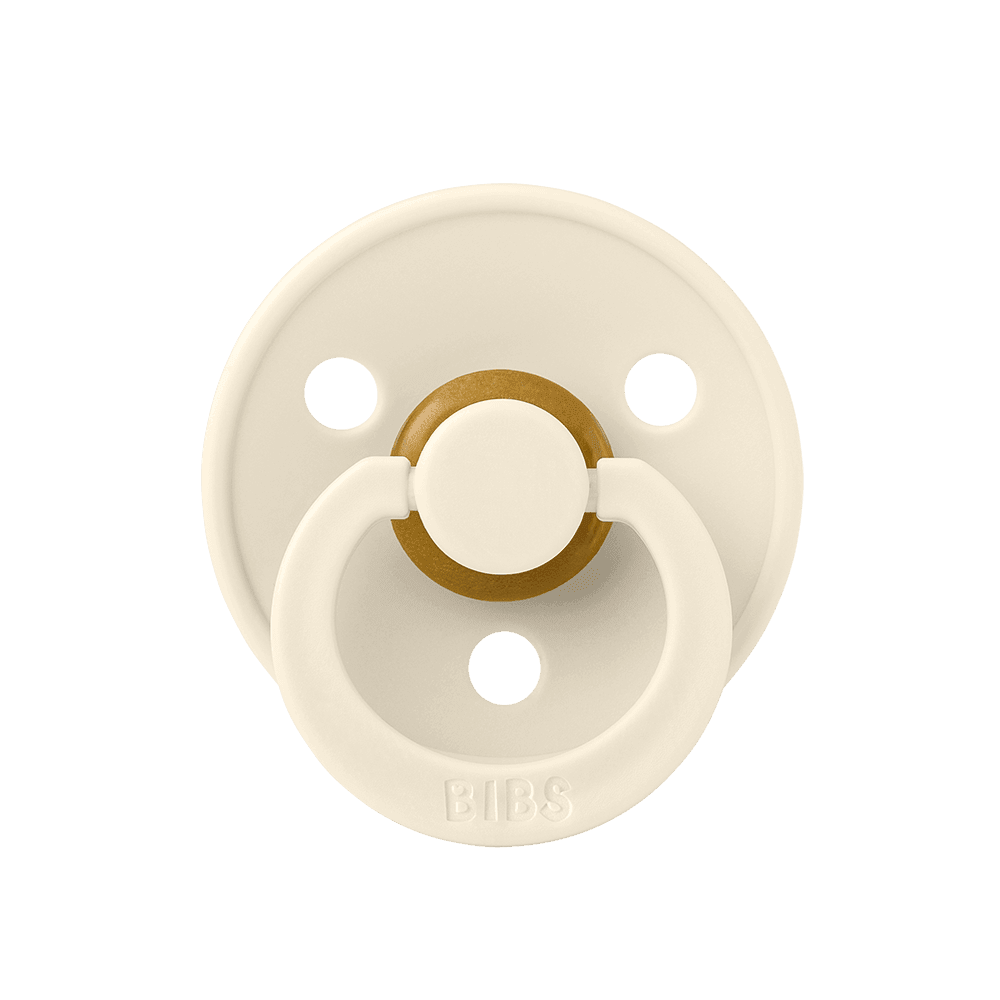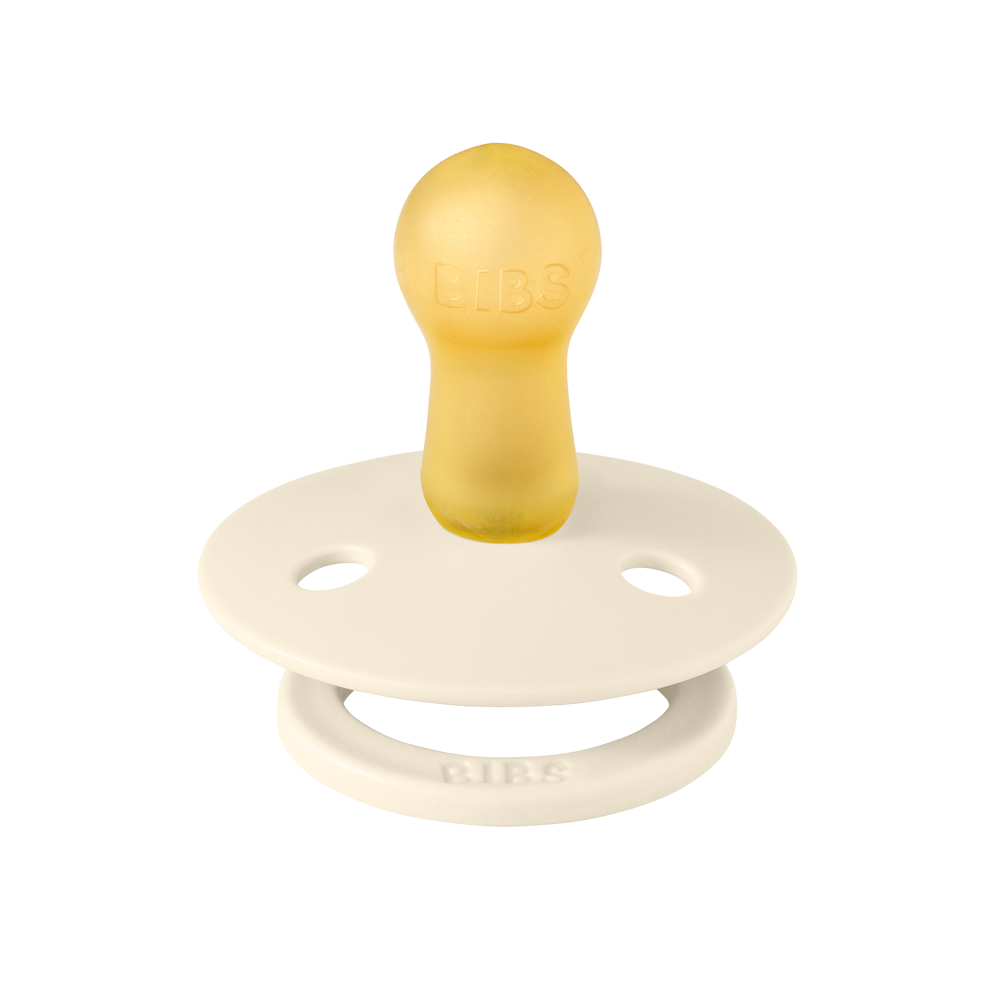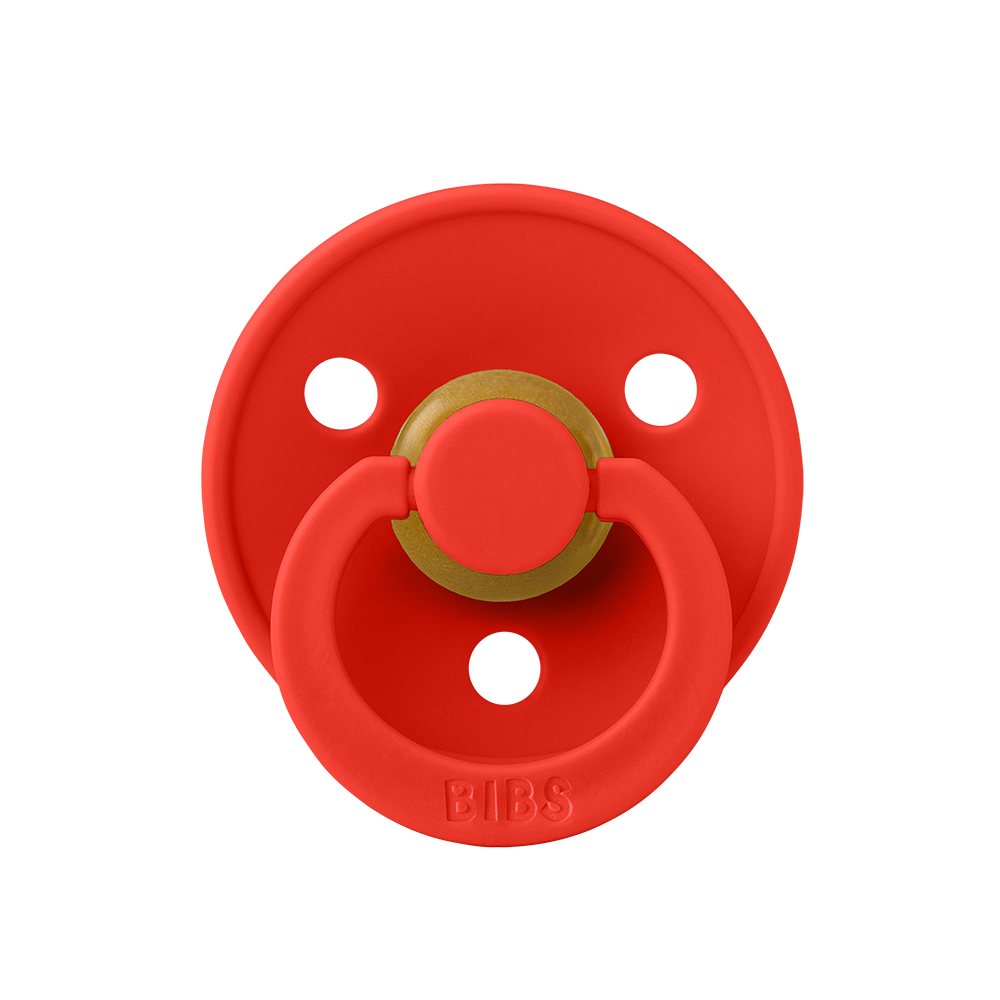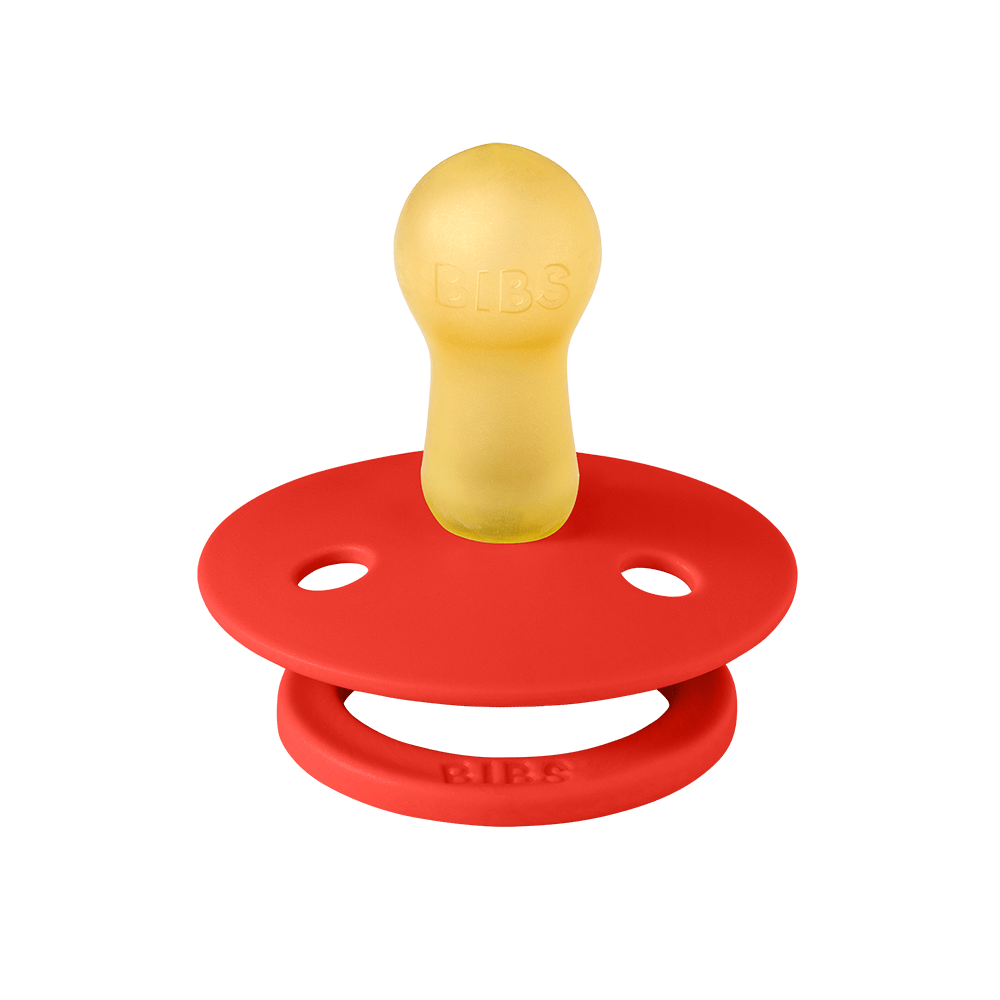
“Hygge” is a Danish word, concept, and mindset. There is no equivalent word in English, but the closest thing to its meaning is “being cozy.” In general, it means slowing down, relaxing, and enjoying the good things in life.
Hygge is the quality of being warm and comfortable that gives a feeling of happiness*
What is perceived as hygge will vary from person to person, but most will agree that hygge is enjoying the good things in life, like being cuddled up inside on a cold rainy day watching your favorite series, reading a book in front of a crackling fire, or drinking hot chocolate while playing a board game together with loved ones. Hygge often takes place with family and friends, but you can also hygge alone.
Though hygge is known to center around cozy activities, lighting candles, preparing good food, and the activities described above, it is much more than simply a warm, cozy physical space. It’s a mental state of well-being and relaxation - it’s a mindset.
How to implement hygge in your parenting
Denmark consistently ranks as one of the happiest countries in the world. There are many reasons for this, but hygge is considered a powerful factor in Danish happiness.
Below you can read how you can incorporate hygge in your parenting:
1. Create a safe space
When it comes to its place in parenting, there’s a focus on creating a calm, safe space of togetherness with no schedule or agenda determining your time together.
Take out the comfy clothes and have hot drinks on the couch together. Find your favorite board game. Board games are a fun way to bond as a family. It's a good way to gather around together where you're all engaged in the same activity. Or bake together. Focus on the process and embrace the mess.
2. Be present
Along with creating a safe space for your children, implementing hygge in your parenting is also about focusing on “we” time and not “me” time. Sit down with your children and give them your full attention. The children will feel seen, heard, and acknowledged and that’s something children always benefit from. Viewing the family as a team fosters a deep sense of belonging and well-being for children.
3. Togetherness
Danish families have hygge time as a regular activity - not just now and then or on holidays. It's ingrained into the family culture. Choose activities that are enjoyable for the family as a whole. No one person should do the cooking and cleaning alone, but part of the hygge experience is doing all the work together.
Source:
*www.oxfordlearnersdictionaries.com/us/definition/english/hygge
